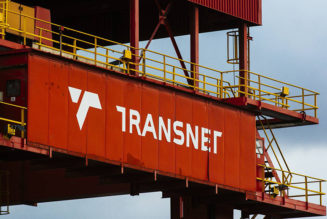Infinidat has partnered with VMware to deliver a comprehensive software-defined data centre solution that tackles current and evolving IoT Edge security threats.
All industries are undergoing major digital transformation, leveraging technology to improve customer experiences, operational efficiency, enhance business agility, and create competitive advantage.
IoT solutions play an essential part in meeting these objectives, as they enable digital transformation processes by extending software control of physical assets to optimize performance and enhance flexibility.
A recent report, Worldwide Global DataSphere IoT Device and Data Forecast, 2019–2023 from the IDC estimate that there will be 41.6 billion connected IoT devices, and yet data also shows that large companies, typically with 10,000-25,000 network devices in their IT estate, are using devices that are aging and prone to failure.
Concerningly, the latest Unit 42 IoT Threat Report, identifies that nearly three quarters of enterprise security professionals feel that their current security controls are inadequate for unmanaged and IoT devices, leaving organizations vulnerable to new IoT-targeted threats.
“Connected edge and IoT networks pose a significant security risk to a business as they expand the susceptibility of the enterprise IT network. In response to this risk Infinidat and VMware offer a validated framework from which current and future enterprise customers can build consistent, innovative security infrastructures in a software-defined data centre (SDDC) environment,” says Ken Steinhardt, Field CTO at Infinidat.
The framework addresses and is expected to provide a solution to three key challenges:
- Protecting against IoT and edge security threats
- Improving network management via a scalable back-end security monitoring platform, designed to analyse data from current and evolving CPE
- Ensuring compliance and operational efficiencies, which are both auditable and scalable as well as cost-efficient
“Reducing risk across the IoT threat landscape is the top priority on every CIO’s technology agenda,” continues Steinhardt. “It’s a compelling start to any conversation, when we say we can increase security event detection in parallel to reducing risk from data breaches, fraud or IP thefts. This collaboration is a significant step forward in addressing that vulnerability and shortfall.”
Whilst cyber-attacks on IoT devices increased by 300% in 2019 according to F-Secure, IT and security teams have the added pressure of being able to demonstrate compliance. However, in today’s environment very few teams, with large device networks, have the ability to effectively and efficiently meet this need.
Reducing the complexity and cost of storage infrastructures can also lead to improved audit capabilities and reporting, which goes a long way to meeting compliance demands in the short and long term.











